Knowing to calculate crochet pattern multiples is important for many reasons. If a project requires an exact stitch or row count, accurately determining the correct multiple will ensure that you don’t make a mistake in the finished product. Additionally, understanding the concept of multiples allows you to substitute different stitches and still end up with the same size project.
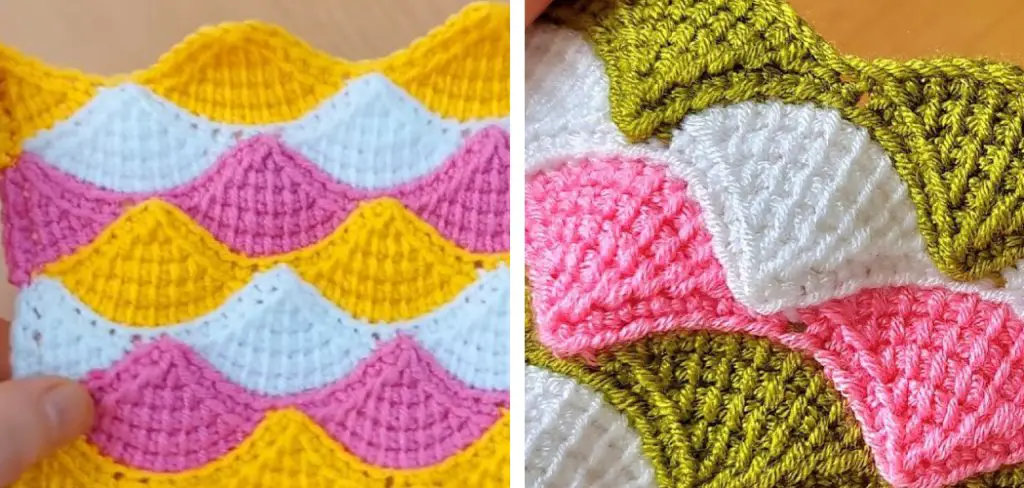
The main advantage of using multiples when crocheting is that it allows the crafter to customize their project by adding more stitches or changing the size. With multiple patterns, each row will be repeated as specified, but at any time in the pattern, the crafter can add extra stitches and continue on with the repeat.
This also allows for shaping to fit the crafter’s body instead of having fixed shapes or sizes. Additionally, when working with multiple patterns, the shape of a garment can be easily adjusted by simply adding more or fewer stitches to each repeat as desired. You can find step-by-step instructions on how to calculate crochet pattern multiples in this blog article.
Step-by-step Instructions for How to Calculate Crochet Pattern Multiples
Step 1: Inspect the Pattern
Before determining the multiple for a crochet pattern, you must first look at the instructions to get an idea of what it is asking you to do.
Depending on what type of stitch you are using, you can figure out how many stitches will be needed to make one “multiple” or repetition. Most crochet patterns call for a specific number of chain stitches at the beginning of each row or round (this is the multiple numbers).
Step 2: Determine the Stitches are Needed for One Multiple
In order to determine how many stitches are needed for one multiple or repetition, you must count the chain stitches of your pattern. For instance, if the pattern reads “Chain 10,” then it requires ten chains to make one multiple.
Step 3: Multiply the Multiples
Once you have determined how many chains are needed for one multiple in your crochet pattern, you can multiply this number by the number you need. For example, if a pattern calls for two multiples and each requires ten stitches, you will need to chain 20 stitches (10 x 2).
Step 4: Decrease the Multiples
Sometimes, it may be necessary to decrease the number of chains when creating a multiple in crochet.
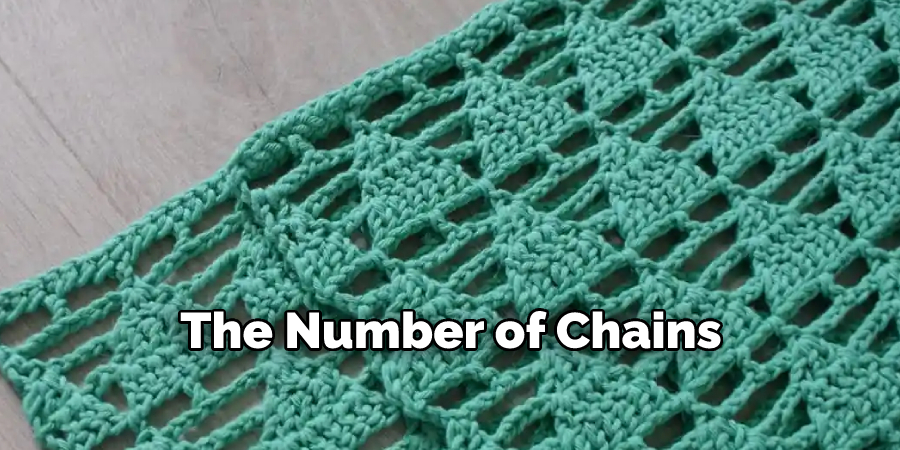
To do this, you must subtract the number of chains needed for one multiple from the total amount of chains required. For example, if your pattern requires 15 chains for two multiples and each multiple requires ten stitches, then you can subtract ten from the total of 15 to get 5 (15 – 10 = 5). This means that you need to chain a total of 5 stitches to make two multiples.
Step 5: Increase the Multiples
To increase the number of multiples in a crochet pattern, you must add the number of chains needed for one multiple to the total amount of chains required.
For example, if your pattern requires 30 chains for three multiples and each multiple requires ten stitches, then you can add 10 to the total of 30 to get 40 (30 + 10 = 40). This means that you need to chain a total of 40 stitches to make three multiples.
Step 6: Adjust the Multiples
If your pattern requires an odd number of chains, then it is important to adjust the multiples accordingly. To do this, you must add or subtract the number of chains needed for one multiple from the total number of chains.
For example, if your pattern requires 21 chains for three multiples and each multiple requires ten stitches, then you can subtract ten from the total of 21 to get 11 (21 – 10 = 11). This means that you need to chain a total of 11 stitches to make three multiples.
Step 7: Adjust for a Different Type of Stitch
If your pattern requires you to use a different type of stitch, such as single crochet or double crochet, then the number of chains needed may differ. You must consult the instructions in your pattern to determine how many chains are needed for one multiple of the stitch you are using.
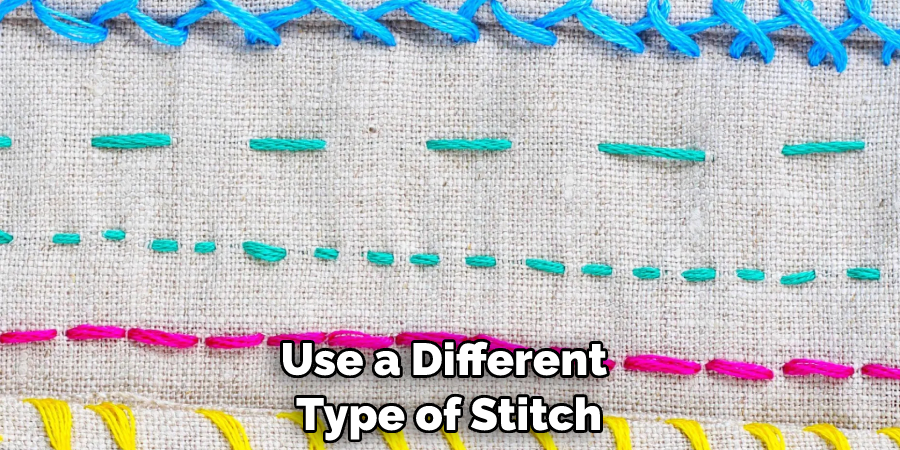
Step 8: Adjust for a Different Gauge Wool
If your pattern requires you to use a different type or weight of wool, then it is important to adjust the multiples accordingly. You must consult the instructions in your pattern to determine how many chains are needed for one multiple with the type of wool specified.
By following these steps, you can easily calculate the multiples needed for any crochet pattern and adjust them accordingly. With practice, it will become easier to remember how to figure out the multiple numbers for a particular stitch or yarn weight.
You Can Check It Out to Crochet a Crescent Moon
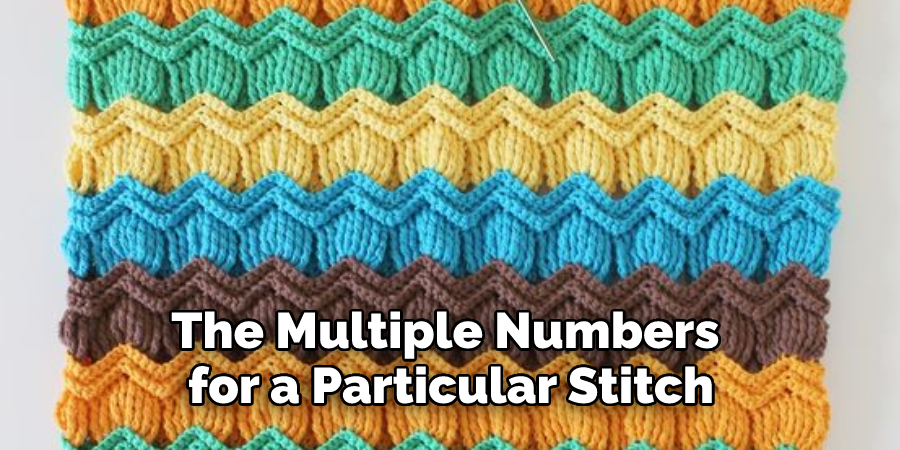
Precautions for How to Calculate Crochet Pattern Multiples
- Make sure to use the same type of yarn throughout your project. Different types of yarn may require different multiples.
- Count carefully, ensuring that each stitch is counted correctly and consistently.
- If making something with many patterns repeats, such as an afghan or scarf, it’s best to make a few samples first to ensure multiple works for the pattern.
- When working with crochet thread, use a smaller hook and yarn weight to track your multiples easily.
- If counting rows or stitches in a single color, it’s easier to remember where you are if you mark each row or stitch with a marker.
- For more complicated projects, such as a sweater or blanket, it may be helpful to use a paper template and mark off each multiple as you go.
- When counting multiples for larger projects, make sure to count from the beginning of the pattern each time, so you don’t miss any stitches.
- Ask for help if you’re not sure about something or feeling overwhelmed. Working on a crochet project should be a fun and relaxing experience, not a stressful one.
By following these precautions, you can easily calculate any crochet pattern multiples with confidence.
How Do You Calculate the Chain Foundation for a Given Crochet Pattern?
Crochet pattern multiples are one of the most important aspects of creating a successful crochet project. Multiples refer to how many stitches need to be worked into each chain space created, and they determine the width and length of the finished piece.
Once you understand the basics, calculating the chain foundation for a given pattern is fairly simple. First, you will need to determine the gauge of your particular yarn. The gauge is usually specified on the label and tells you how many stitches and rows are in a given fabric (typically 4 inches).
Use this information to calculate how many chains should be made for the pattern foundation.

To do this, measure out 4 inches of yarn and count the number of stitches. This will be your stitch gauge for this particular project. Multiply the gauge by the given pattern multiple to determine how many chains should be made in total. For example, if you have a 4-stitch multiple and your stitch gauge is eight stitches per inch, then you would need to make 32 chains for the pattern foundation.
How Do Different Crochet Techniques Affect Calculating Pattern Multiples?
- For most crochet techniques, it is important to determine the exact pattern multiple before you begin your project. This is because each type of stitch and technique requires a different amount of yarn to achieve the desired effect.
- Learning to calculate crochet pattern multiples helps you familiarize yourself with the various types of stitches and techniques used in crochet. Knowing the different types will make it easier to determine which technique requires a particular number of multiples.
- For single crochet (sc) and double crochet (dc), the pattern multiple is usually determined by counting rows or rounds. How many s’s or DCS you need to get to the desired multiple will depend on your gauge and skill level.
- To calculate a pattern multiple for Tunisian crochet (or Afghan stitch), you must consider the amount of yarn used and the number of rows or stitches required per row. This technique usually requires more yarn than regular crochet techniques, so it is important to plan accordingly.
- For filet crochet, the pattern multiple is determined by counting the number of blocks or squares in your project. The size and complexity of each block will determine the total amount of yarn required for a particular project.
- Finally, when figuring out to calculate crochet pattern multiples, it is important to take into consideration the type of yarn used. Depending on the weight and texture of your yarn, you may need more or fewer multiples to achieve the desired effect.
By understanding how different crochet techniques affect calculating pattern multiples, you can easily produce beautiful projects. With this knowledge, you can confidently choose the right number of multiples for each project and create a unique finished product.
How Can You Ensure That Your Multiple is Consistent Throughout the Entire Project?
Once you have determined the pattern’s multiple, it’s important to ensure that all pieces of your project—including any extra rows or increases—are worked in multiples. This will keep the stitches and gauge consistent, resulting in a neat and uniform finished product. To ensure everything is worked in multiples throughout, count the stitches or rows twice before moving on to the next row or section.
To stay organized, mark off sections with a different color of yarn or stitch marker so you can easily track what multiple you are working in. Additionally, when counting stitches or rows during the project, count each one separately—rather than trying to guess how many stitches are in each multiple. This will help to ensure accuracy throughout the project and give you a better end result overall.
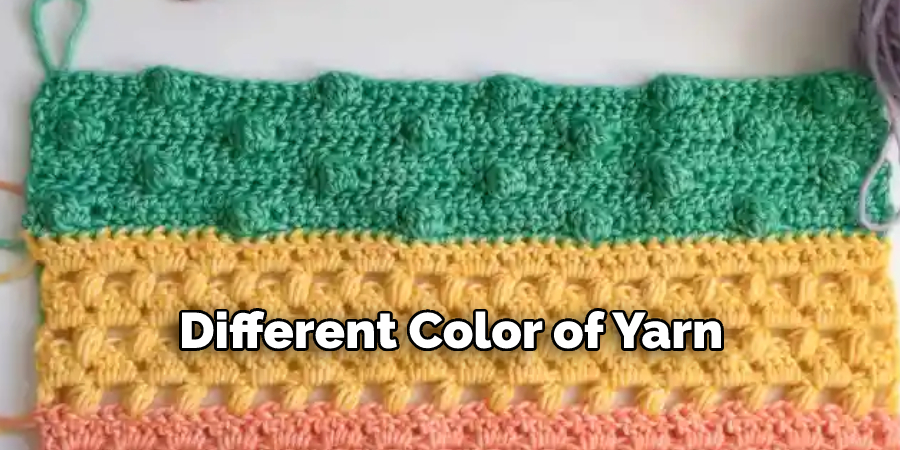
Conclusion
When it comes to crochet projects, understanding how to calculate pattern multiples is an essential skill. It can help you create the perfect size and shape for your project while ensuring that all stitches are evenly distributed throughout the design. By clearly understanding how to calculate pattern multiples correctly, you can easily create any type of crochet project.
Overall, learning to calculate crochet pattern multiples can be tricky at first, but it is an important part of creating beautiful projects that last for years. I hope reading this post has helped you learn how to calculate crochet pattern multiples. Make sure the safety precautions are carried out in the order listed.
You Can Check It Out to Fasten off Crochet

